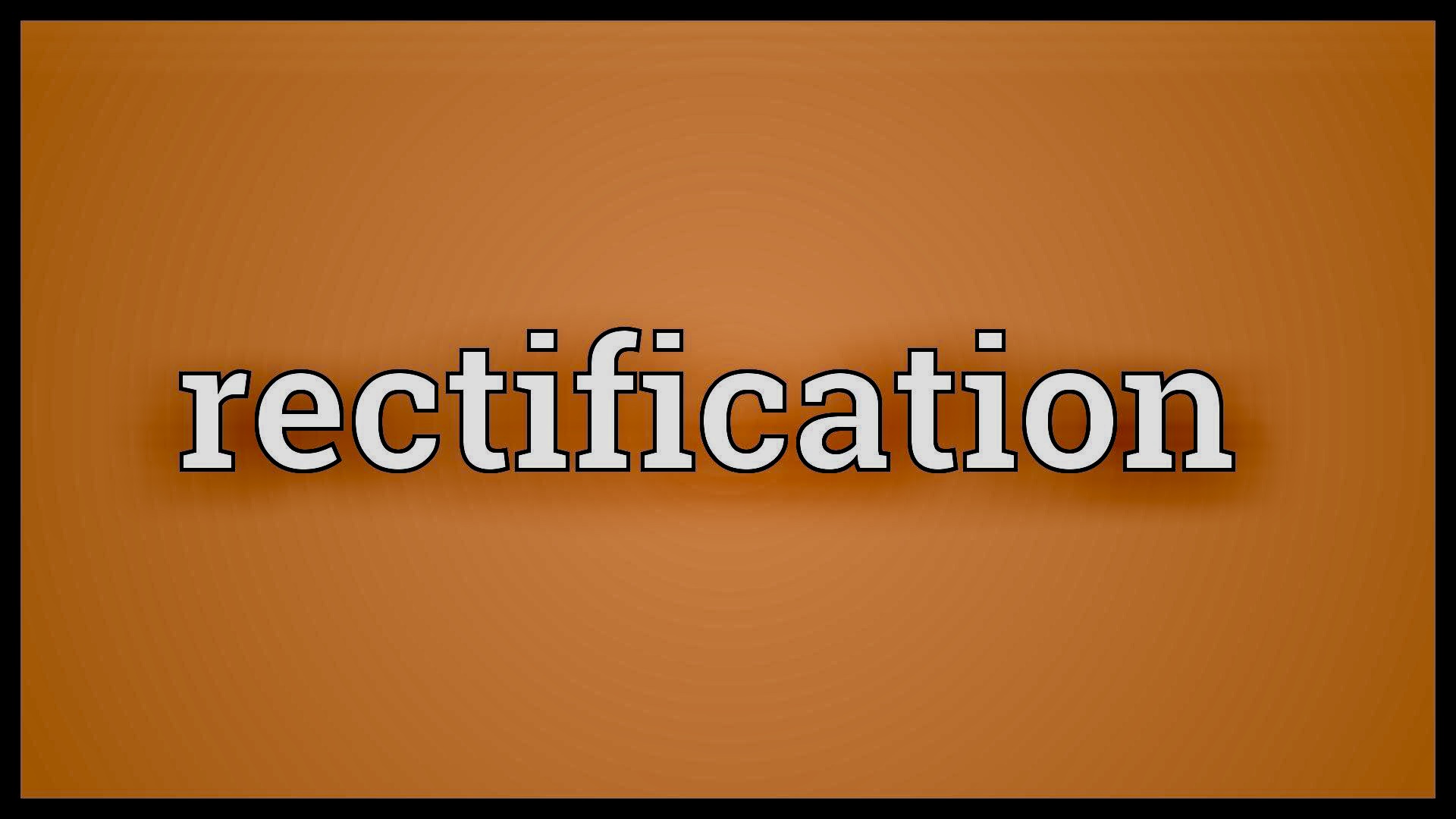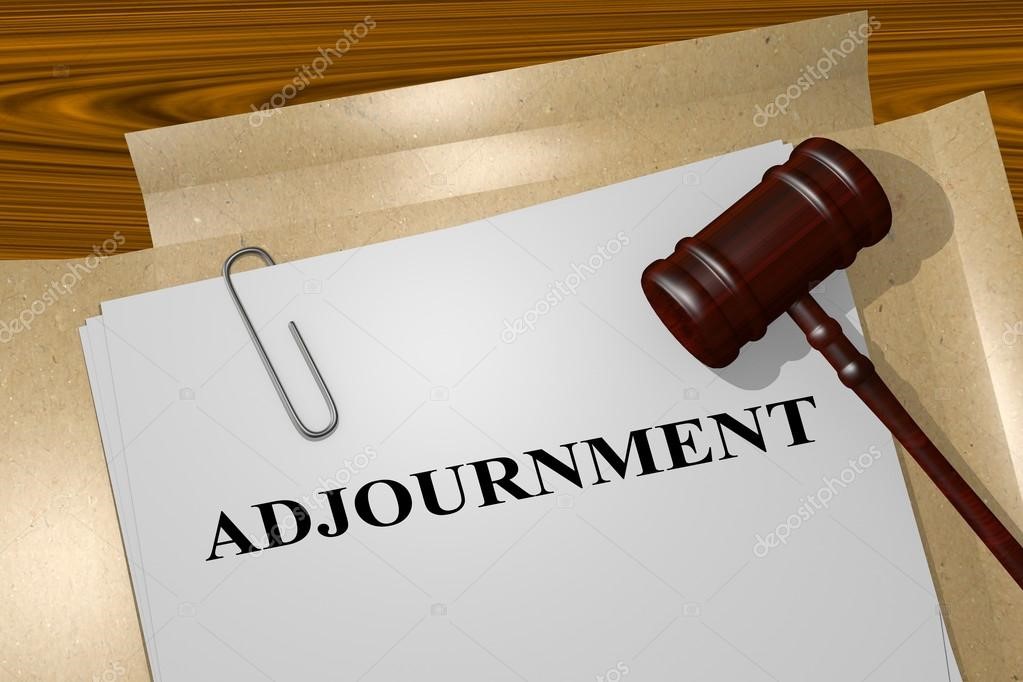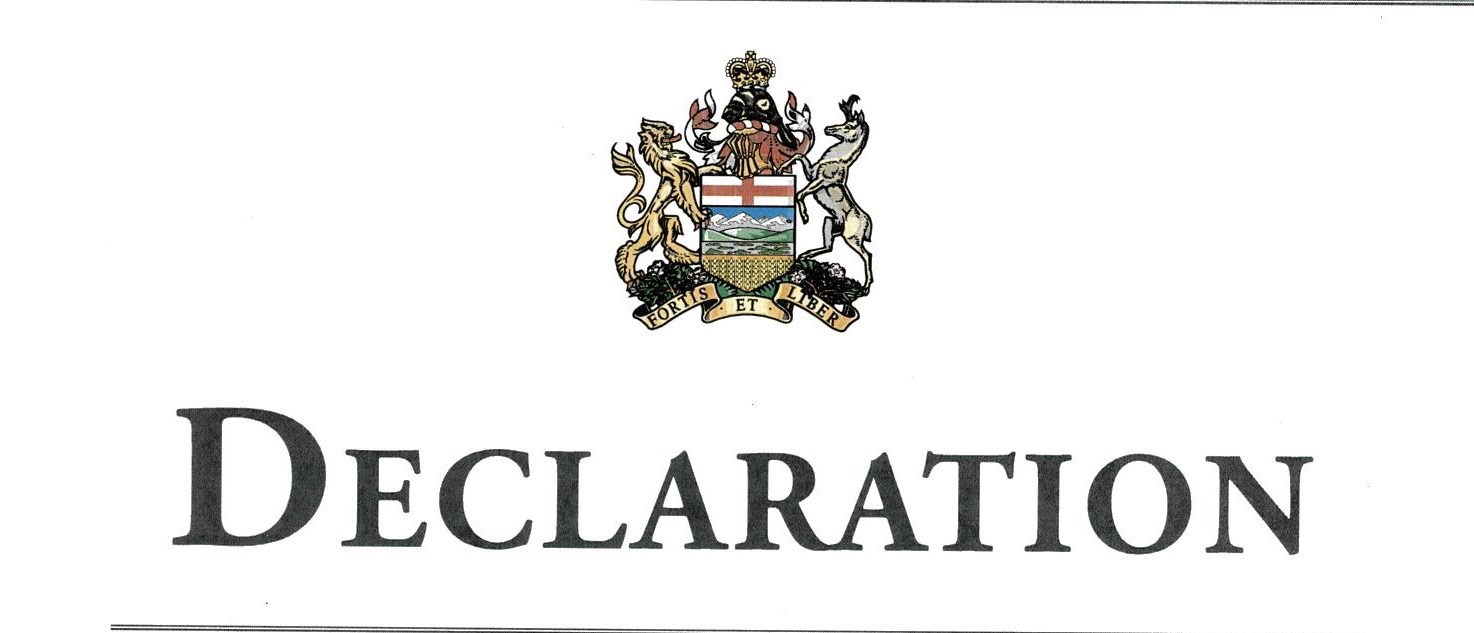I was contacted about a matter related to the disposition of human remains as a result of an estranged spouse refusing to release the body to be disposed of in accordance to a certain religious rite.
section 5 of the Cremation, Internment and Funeral Services act RSBC that governs the disposition of human remains and the control of same.
Control of disposition of human remains or cremated remains:
5 (1)Subject to this section and section 8 (3) (b) (i) [requirement for authorization before funeral services or disposition], the right of a person to control the disposition of the human remains or cremated remains vests in, and devolves on, the following persons in order of priority:
(a)the personal representative named in the will of the deceased;
(b)the spouse of the deceased;
(c)an adult child of the deceased;
(d)an adult grandchild of the deceased;
(e)if the deceased was a minor, a person who was a guardian who had care and control of the deceased at the date of death;
(f)a parent of the deceased;
(g)an adult sibling of the deceased;
(h)an adult nephew or niece of the deceased;
(i)an adult next of kin of the deceased, determined on the basis provided by section 23 (5) of the Wills, Estates and Succession Act;
(j)the minister under the Employment and Assistance Act, or if the Public Guardian and Trustee is administering the estate of the deceased under the Wills, Estates and Succession Act, the Public Guardian and Trustee;
(k)an adult person having a personal or kinship relationship with the deceased, other than those referred to in paragraphs (b) to (d) and (f) to (i).
(2)If the person at the top of the order of priority set out in subsection (1) is unavailable or unwilling to give instructions, the right to give instructions passes to the person who is next in priority.
(3)If, under subsection (1), the right to control the disposition of human remains or cremated remains passes to persons of equal rank, the order of priority
(a)is determined in accordance with an agreement between or among them, or
(b)in the absence of an agreement referred to in paragraph (a), begins with the eldest of the persons and descends in order of age.
(4)A person claiming that he or she should be given the sole right to control the disposition of the human remains or cremated remains may apply to the Supreme Court for an order regarding that right.
(5)When hearing an application under subsection (4), the Supreme Court must have regard to the rights of all persons having an interest and, without limitation, give consideration to
(a)the feelings of those related to, or associated with, the deceased, giving particular regard to the spouse of the deceased,
(b)the rules, practice and beliefs respecting disposition of human remains and cremated remains followed or held by people of the religious faith of the deceased,
(c)any reasonable directions given by the deceased respecting the disposition of his or her human remains or cremated remains, and
(d)whether the dispute that is the subject of the application involves family hostility or a capricious change of mind respecting the disposition of the human remains or cremated remains.
(6)Despite subsections (1) to (3), if the Supreme Court makes an order in favour of a person who has applied to it under subsection (4), that person is deemed to be at the top of the order of priority set out in subsection (1).
In Kartsonas v Kartsonas 2010 BCCA 336 the appeal court dismissed an appeal from an order granting the testator’s children the sole control of the disposition of their father’s remains. The children unlike the opposing testator’s niece , wanted a religious burial in accordance with Greek Orthodox religion.
The niece opposed to the application on the basis that the testator had been estranged from his children and had trusted the burial arrangements to her, and she argued that he was an atheist and therefore would not have wanted a religious funeral.
The appeal court held that the decision was discretionary as the judge consider the evidence before him, and concluded that the rights of all persons having an interest fell, on balance, in favor of the wishes of the deceased family members who wanted a religious funeral.
Section 5(1 ) Cremation, Internment and Funeral Services act sets out the order of priority of persons to control the disposition of the remains of a deceased person.
The first priority is given to the personal representative named in the will of the deceased.
The next following priorities are given to the spouse of the deceased and the adult children of the deceased.
S 5(4) of the act authorizes an application to be made by a person claiming that he or she should be given the sole right to control the disposition of the remains of a deceased person.
S. 5(6) provides that if such an applicant is successful, then he or she is deemed to be at the top of the order of priority.
While clause C of section 5 (5) provides that reasonable directions given by the deceased person are to be taken into account on an application under section 5(4), it is not determinative, and is only one factor to be taken into account by the court
The appeal court held that the trial judge properly exercised his discretion, having regard to the provisions of section 5(5) and he rightly concluded that the rights of all persons having an interest fell on balance in favor of the wishes of the deceased it advised that the answer was in family members who wanted a religious funeral.










